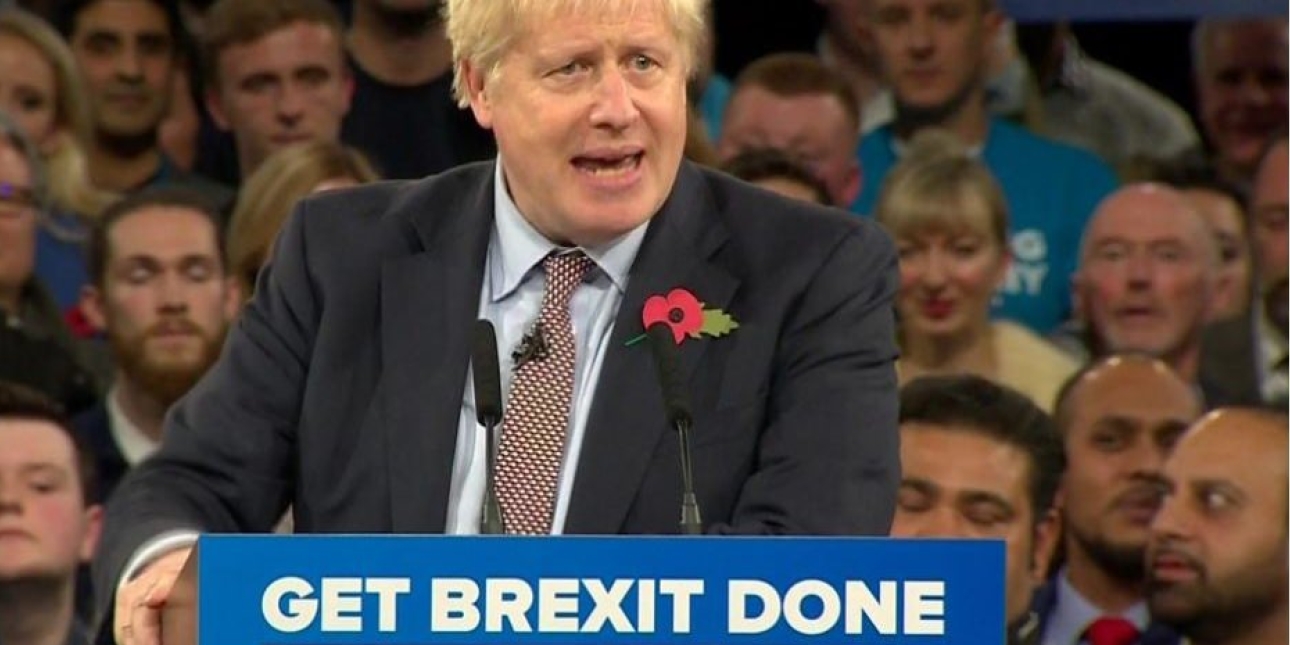PUBLIC RELATIONS
Friday 17th January 2020
Beyond argument: The value of public relations techniques used in the UK general election
Setting aside the ethical concerns about the use of these techniques in the election campaign – which have to do with use and misuse of information – and the longer term political consequences of the results, the winning Conservatives used them to achieve a simple objective, a strong majority to take their ambitions forward.
Doing this, they demonstrated the power of fundamental public relations techniques and their value in achieving desired changes in behaviour, such as convincing long time supporters of other parties to change their voting behaviour.
The techniques used included:
- Working to clear objectives
- Data analysis
- Audience Insight
- Creativity and clarity in message development
- Discipline and agility in message delivery and
- Use of activities aimed attracting attention – ‘stunts’
Working to clear objectives
Most discussions of the effective management of public relations activities start with an emphasis on the need to work from clear organisational objectives.
The Conservatives were clear that they were working to get a majority for the party that would break the impasse, as they saw it, of a hung parliament. Following from this, they would need to take seats from other parties.
Data analysis
Worries have developed through recent election experience about the extent to which it’s now possible to analyze large amounts of data about voters, their likely voting intentions and behaviour.
This capability is now a fact of life, and has consequences for the workings of democracy, but it was clearly used in the December election to understand the potential for influencing votes in targeted constituencies.
Research (and required data analysis) has always been seen as a first phase in public relations management. Its use in the election reconfirms its importance.
Audience insight
Much trumpeted in UK government communication practice, audience insight involves data analysis, but much more.
It is preliminary to effective work in public relations and means empathy, being in touch with important groups, understanding them ‘where they are,’ why they are behaving in the ways that they are and how they are likely to behave.
The Conservatives, in contrast with their opposition, tapped in to frustrations ‘on the ground’ and presented ways of meeting them. They got to know, and win round ‘Workington man,’ an imagined inhabitant of the so-called Red Wall of northern and mid-England constituencies that they needed to convert to supporters.
Creativity and clarity in message development
Communication is a tool of public relations practice, of course, and needs to be used with skill, where skill is required in –among other areas -- message conception, development and formulation.
Evident in the Conservative campaign and pushed at every opportunity was the message that a vote for the Conservatives was a vote to ‘get Brexit done’ with creative approaches suggesting that the party was ready, energised, to do this. While critics pointed out that the tasks of getting Brexit done would not be completed through the election, the message cut through to voters’ impatience at lack of progress, or resolution, on Brexit.
Discipline and agility in message delivery
Not only did the message get through, it was delivered at every opportunity. Even in discussion of other topics, such as putting more resources into the NHS, social care or policing, answers from the Conservatives started with references to the need to move on with Brexit to enable government to turn to other priorities.
Public relations makes use of managed communication. While communication can be managed up to a point, there also needs to be sensitivity or agility in communication to respond to developments. Applied to electioneering, this may be questionable – such as in the response to a terrorist incident early in the election campaign – but it was certainly in play in the December election.
Attracting attention
Harking back to earlier days in public relations practice, when aims were to generate publicity through the creation of stunts, or what have been called ‘pseudo events,’ the Conservative campaign unashamedly used them to reinforce key messages – the bulldozer crashing through insubstantial blocks with the message ‘Get Brexit Done’ on its blades, or the prime minister showing his connection to the local community by delivering milk on an early morning round.
Stunts are still part of the tool box of public relations practice, their possible effect shown again in the election campaign.
Questions
At work in the campaign, and demonstrably effective, were a number of techniques which form part of public relations practice. There can really be no question that their use contributed to the results achieved by the Conservatives and that they are of value.
If winning is the objective, can they be turned to this objective, setting aside concerns about the use of information, the use of misleading information, simplification of complex arguments, misrepresentation of information sources and so on? So while some satisfaction may be taken from clear evidence in the election of the usefulness and value of the techniques we have at our disposal in public relations, questions about how they should be used remain.
Image courtesy of BBC.

